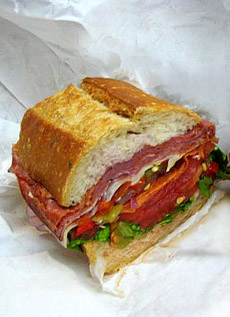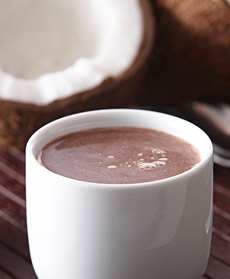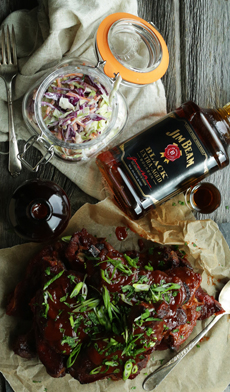|
Sweet and spicy, with brown sugar and sriracha sauce, this bacon snack recipe comes to us from actress Valerie Bertinelli, who recently published Valerie’s Home Cooking (photo #2).
She calls the recipe Brown Sugar Sriracha Bacon Bites Candy. Taste-wise, it’s an irresistible collaboration of sweet, spicy, and savory.
“It’s one of my favorite appetizers to make for a cocktail party,” says Valerie. “They always go fast. These bacon bites also package well, so I’ve made them in advance and given them to people as yummy gifts.”
Prep time is 10 minutes, and total time is 1 hour.
> The history of Sriracha sauce.
RECIPE: BROWN SUGAR SRIRACHA BACON BITES CANDY
Ingredients
¼ cup sriracha chili sauce
¼ cup packed light brown sugar
10 thick-cut bacon slices, each cut into 4 pieces
1½ tablespoons toasted sesame seeds
1½ tablespoons black sesame seeds
Cooking spray
Preparation
1. PREHEAT the oven to 325°F. Stir together the sriracha and brown sugar in a medium bowl; add the bacon pieces and toss to coat. Set aside.
2. LINE a large rimmed baking sheet with aluminum foil; place a wire rack over the foil. Spray the rack liberally with cooking spray. Place the bacon pieces in a single layer on the rack.
3. BAKE the bacon until almost crisp, about 45 minutes. During the last 5 minutes, sprinkle the bacon evenly with the toasted sesame seeds and black sesame seeds.
4. REMOVE from the oven and cool for 5 to 8 minutes, moving the bacon pieces slightly on the rack every 2 minutes to prevent sticking. The bacon will crisp more as it cools.
|










